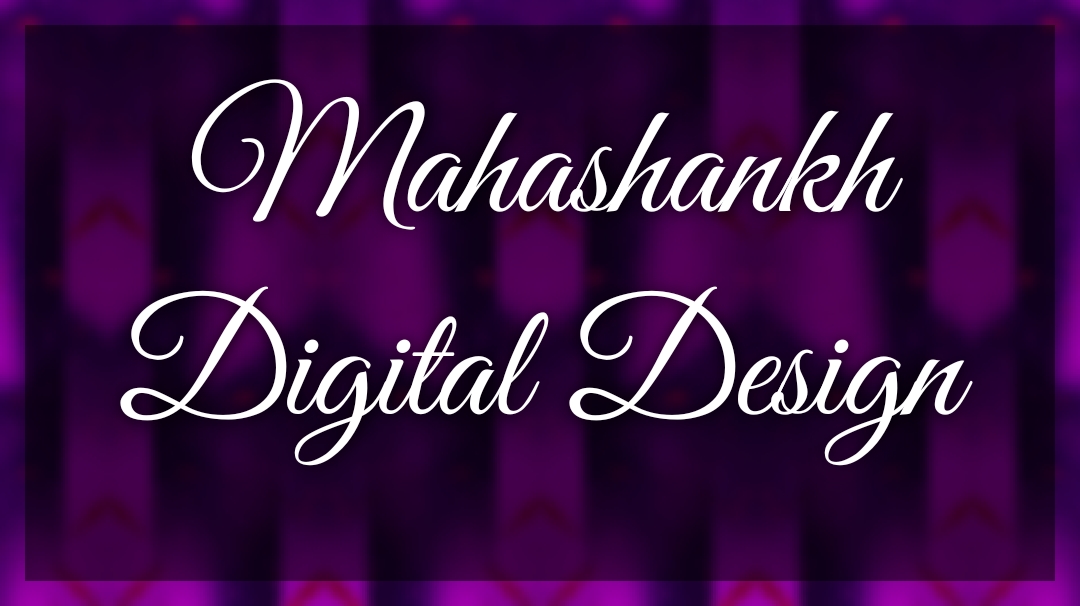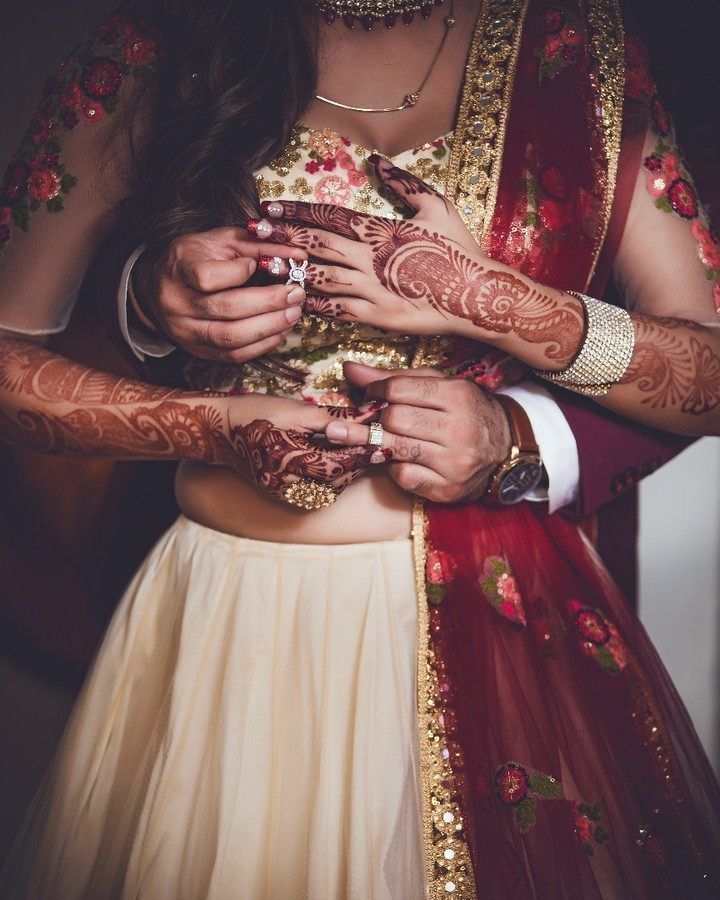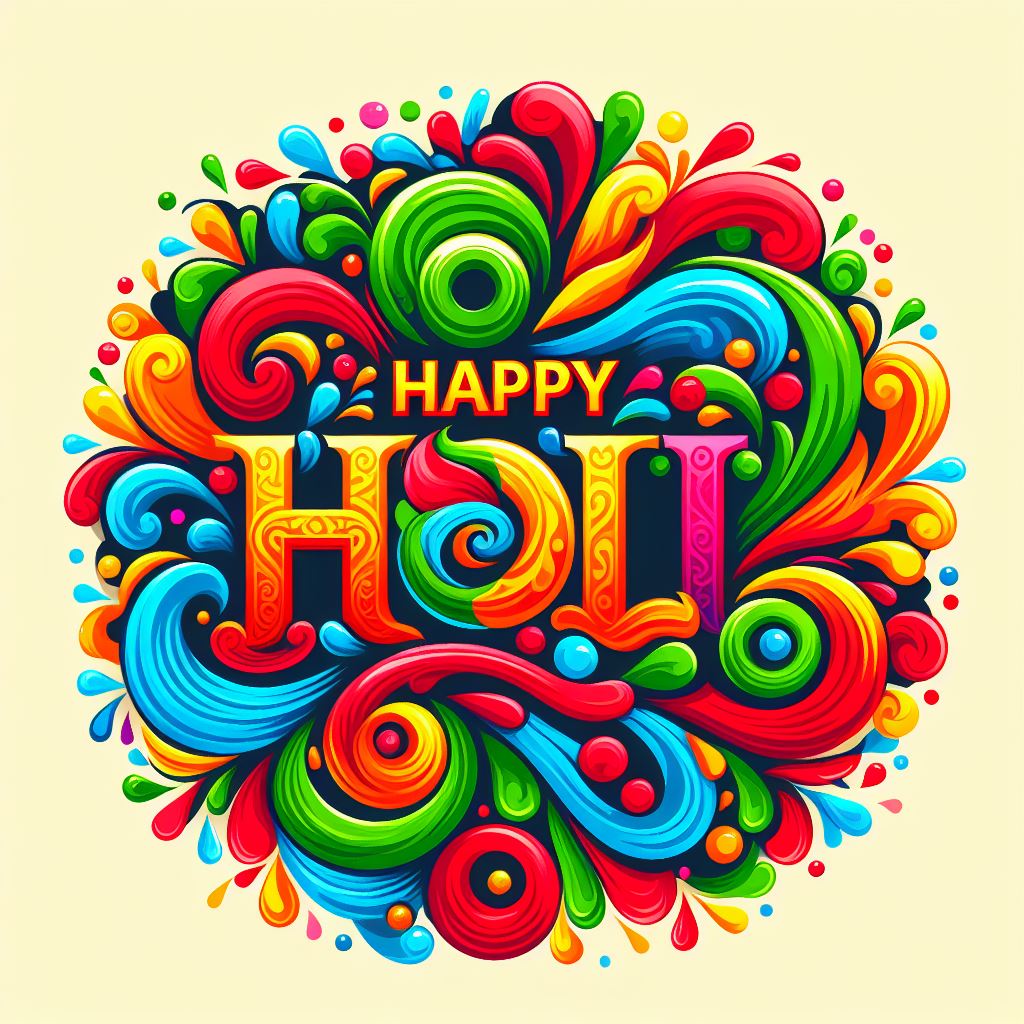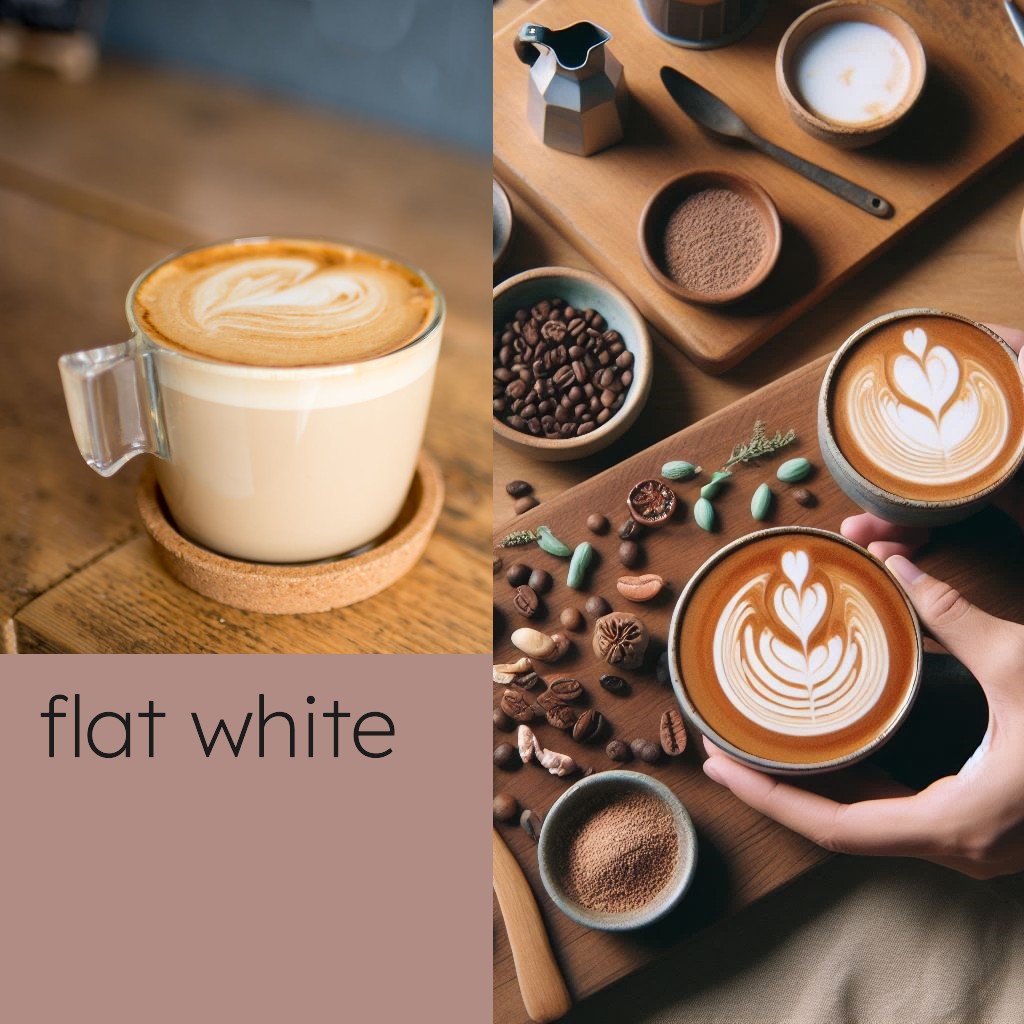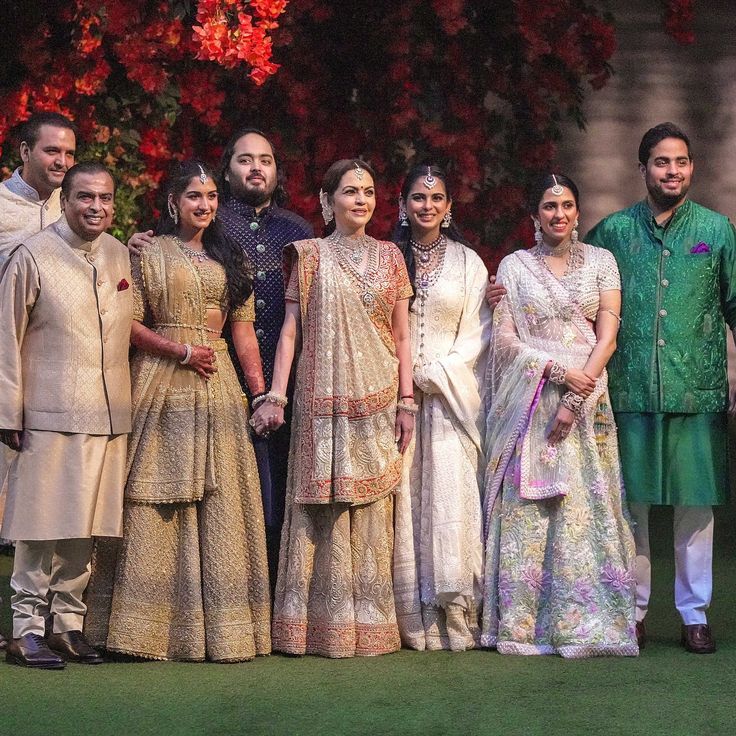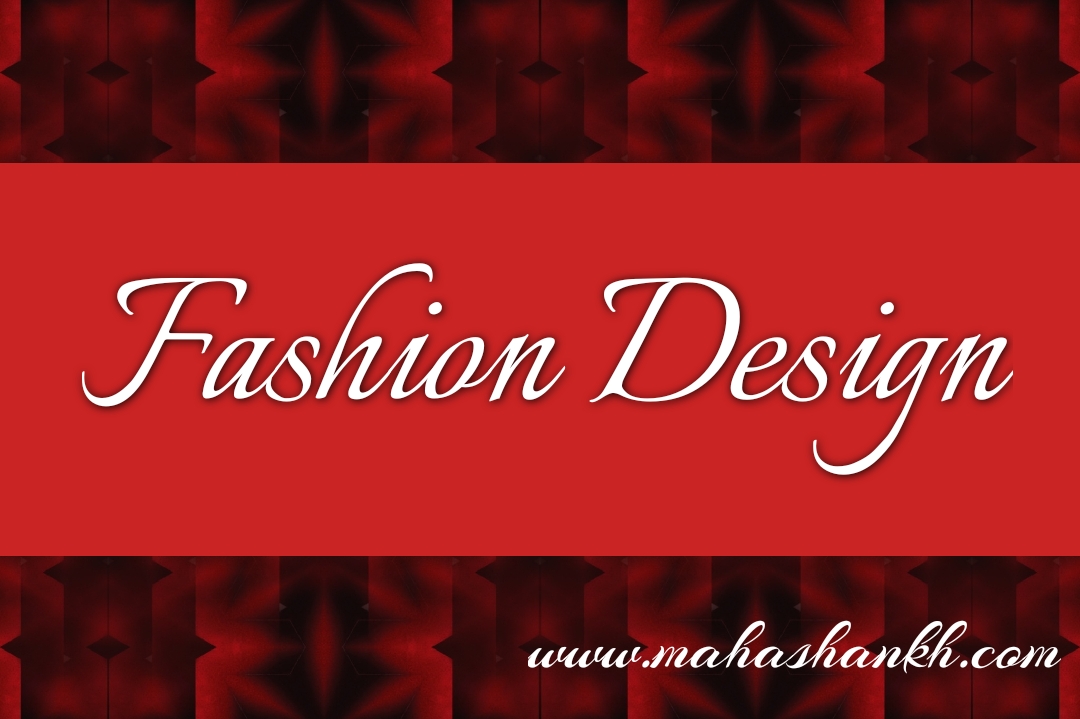Mehndi designs vary in style, intricacy, and cultural significance. Here are some popular types of mehndi designs:
Table of Contents
- Indian Mehndi Designs: These designs are characterized by intricate patterns that cover the hands and feet. They often feature peacock motifs, floral patterns, and paisleys.
- Arabic Mehndi Designs: Arabic designs are known for their bold, free-flowing patterns. They typically consist of large floral motifs, leafy vines, and geometric shapes. The designs often leave open spaces, creating a beautiful contrast against the skin.
- Pakistani Mehndi Designs: Pakistani mehndi designs are a fusion of Indian and Arabic styles. They feature intricate patterns with a focus on detailed work and shading. These designs often cover the entire hand and extend up the forearm.
- Moroccan Mehndi Designs: Moroccan designs are influenced by the geometric and symmetrical patterns of Islamic art. They consist of intricate geometric shapes, including squares, triangles, and diamonds, creating a unique and eye-catching look.
- African Mehndi Designs: African mehndi designs draw inspiration from the rich cultural heritage of the African continent. They often incorporate tribal motifs, such as tribal masks, animals, and geometric patterns, reflecting the diverse African art forms.
- Indo-Arabic Mehndi Designs: Indo-Arabic designs combine the elegance of Indian mehndi with the boldness of Arabic patterns. These designs feature a mix of intricate and bold elements, including paisleys, flowers, peacocks, and geometric shapes.
- Bridal Mehndi Designs: Bridal mehndi designs are elaborate and detailed, specifically created for brides on their wedding day. These designs often cover the hands, arms, feet, and legs, incorporating intricate patterns, motifs, and sometimes even the couple’s initials or wedding symbols.
- Modern Mehndi Designs: Modern mehndi designs are contemporary and often incorporate elements from different styles. They may include minimalistic patterns, abstract designs, or incorporate elements from other art forms like mandalas, feathers, or dreamcatchers.
These are just a few examples of the different types of mehndi designs available. Mehndi is a versatile art form, and artists often combine various styles to create unique and personalized designs.
INDIAN MEHNDI DESIGNS
Exploring the Artistry of Indian Mehndi Designs
Indian mehndi designs, renowned for their intricate patterns and cultural significance, have captivated the world with their timeless beauty. The art of applying mehndi, also known as henna, onto the skin has been an integral part of Indian traditions and celebrations for centuries. This article delves into the essence of Indian mehndi design, its characteristics, and its significance in Indian culture.
Origin and Cultural Significance:
The roots of Indian mehndi design can be traced back to ancient India, where it was initially practiced as a form of body art and natural dye. Over time, it evolved into a symbol of celebration and auspiciousness. Today, mehndi holds great importance in Indian weddings, festivals, and other joyous occasions. It is believed to bring good luck, blessings, and ward off evil spirits. The intricate patterns created by mehndi artists reflect the rich cultural heritage and artistic prowess of India.
Characteristics of Indian Mehndi Designs:
Indian mehndi designs are known for their exquisite detailing and elaborate patterns that cover the hands, arms, feet, and sometimes even extend to the legs. These designs often feature a harmonious blend of floral motifs, paisleys, peacock motifs, and geometric patterns. The intricate lines, swirls, and dots create a mesmerizing tapestry that adorns the skin.
Indian mehndi designs are characterized by their fine lines and delicate shading techniques. Artists employ a variety of traditional tools, such as a mehndi cone or a thin stick called a “mehndi pen,” to achieve precision and intricacy in their designs. The application of mehndi involves the skilful use of these tools to create symmetrical patterns and incorporate meaningful elements that hold cultural significance.
Regional Variations:
India’s diverse cultural landscape has given rise to various regional styles of mehndi design, each with its unique characteristics. Some prominent regional variations include Rajasthani, Marwari, Gujarati, Punjabi, and Bengali mehndi designs.
Rajasthani mehndi designs are known for their intricate detailing and the use of motifs like peacocks, flowers, and traditional elements. Marwari mehndi designs often feature geometric patterns and elaborate motifs that cover the hands and feet. Gujarati mehndi designs are marked by bold and prominent patterns, including circular motifs and checks. Punjabi mehndi designs showcase a beautiful blend of Indian and Arabic styles, with heavy use of bold motifs and shading techniques. Bengali mehndi designs are known for their simplicity, featuring delicate patterns that emphasize the beauty of the hands.
Evolution and Modern Adaptations:
While Indian mehndi designs have deep roots in tradition, they have also evolved to embrace modern influences. Contemporary mehndi designs often incorporate elements from other art forms, such as mandalas, dreamcatchers, and abstract patterns. These designs exhibit a fusion of traditional and modern aesthetics, catering to the preferences of the modern generation while preserving the essence of Indian mehndi art.
Conclusion:
Indian mehndi designs continue to enchant people worldwide with their timeless beauty, intricate patterns, and cultural significance. The artistry involved in creating these designs showcases the talent and creativity of mehndi artists. Whether it is a wedding, festival, or any joyous occasion, Indian mehndi designs add a touch of elegance and tradition, making the wearer feel truly special. Through the centuries, this ancient art form has retained its charm and continues to be a cherished part of Indian culture.
HINDU MEHNDI DESIGNS BELIEF
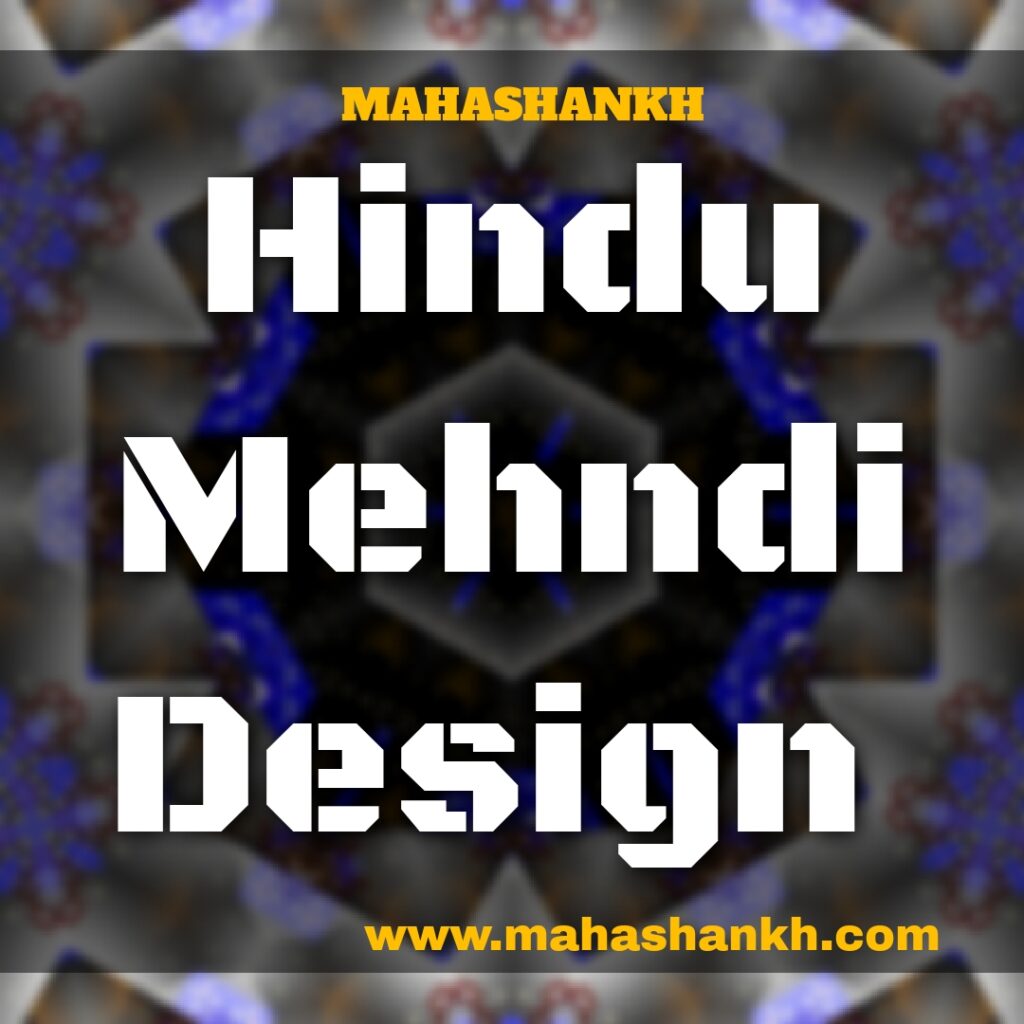
Hindu mehndi designs hold deep cultural and symbolic significance within the Hindu community. These designs are not only appreciated for their aesthetic beauty but also believed to bring blessings, protection, and good fortune. Here are some beliefs associated with Hindu mehndi designs:
- Auspiciousness: Mehndi is considered auspicious in Hindu traditions. It is believed that applying mehndi on special occasions, such as weddings, festivals, and religious ceremonies, brings good luck and wards off evil spirits. The dark color of mehndi is associated with positive energy and is believed to enhance the spiritual and emotional well-being of the individual.
- Bridal Symbolism: Hindu weddings hold great importance, and mehndi plays a significant role in the bridal preparations. The application of intricate mehndi designs on the hands and feet of the bride is seen as a symbol of fertility, prosperity, and love in a marriage. The belief is that the darker the color of the mehndi, the stronger the bond between the couple will be.
- Warding off the Evil Eye: In Hindu culture, the evil eye is considered a malevolent force that can cause harm or misfortune. Mehndi is believed to have protective properties against the evil eye. The intricate patterns and designs act as a shield, protecting the wearer from negative energies and ensuring their well-being.
- Symbolic Elements: Hindu mehndi designs often incorporate symbolic elements that hold spiritual or cultural significance. For example, peacock motifs symbolize beauty, grace, and divinity. Lotus motifs represent purity and spirituality. Images of deities, such as Lord Ganesha or the goddess Lakshmi, may also be incorporated to invoke their blessings and seek their guidance.
- Rituals and Customs: Applying mehndi is considered a sacred ritual in Hindu customs. It is often accompanied by traditional songs, dances, and ceremonies, creating a joyous and celebratory atmosphere. Mehndi is also believed to bring harmony and unity within the family, as it is a time when loved ones gather to celebrate and partake in the festivities.
It is important to note that beliefs and interpretations of mehndi designs may vary among different individuals and regions within the Hindu community. While these beliefs are deeply ingrained in the cultural fabric, the essence of Hindu mehndi designs lies in their ability to preserve traditions, celebrate milestones, and evoke a sense of spirituality and positivity.
MUSLIM MEHNDI DESIGNS BELIEF

Muslim mehndi designs hold cultural and religious significance within the Muslim community. Mehndi is not only appreciated for its aesthetic beauty but also carries spiritual and symbolic meanings. Here are some beliefs associated with Muslim mehndi designs:
- Sunnah Tradition: Applying mehndi is considered a Sunnah (recommended practice) in Islam. It is believed to have been practiced by the Prophet Muhammad (peace be upon him) and holds a special place in Islamic traditions. Many Muslim brides, especially during weddings, choose to adorn their hands and feet with mehndi as a way to follow the Sunnah and honor their faith.
- Blessings and Protection: Muslim mehndi designs are believed to bring blessings and protection to the wearer. The intricate patterns and designs are thought to ward off evil spirits and protect the individual from negative energies. The application of mehndi is seen as a way to invoke the blessings of Allah and seek His protection.
- Symbolic Elements: Muslim mehndi designs often incorporate symbolic elements that hold religious significance. Calligraphy of Arabic verses from the Quran, such as Bismillah (In the name of Allah) or Allah’s names, may be included to express devotion and faith. Images of crescents, stars, or other Islamic motifs may also be incorporated, representing the Muslim identity and reflecting the beauty of Islamic art.
- Celebratory Occasions: Mehndi holds a special place during joyous occasions and celebrations in the Muslim community, particularly weddings and Eid festivals. The application of mehndi is seen as a way to enhance the beauty of the individual and add a festive touch to the occasion. It is often accompanied by traditional songs, dances, and cultural rituals, creating a joyful and celebratory atmosphere.
- Community Bonding: The application of mehndi is often a communal activity in Muslim gatherings. Friends, family members, and neighbors come together to apply mehndi to one another, fostering a sense of unity and strengthening social bonds. This practice promotes a sense of togetherness and solidarity within the Muslim community.
It’s important to note that beliefs and interpretations of mehndi designs may vary among individuals and regions within the Muslim community. While these beliefs are rooted in Islamic traditions, the essence of Muslim mehndi designs lies in their ability to express faith, celebrate important milestones, and create a sense of beauty and joy within the Muslim culture.



